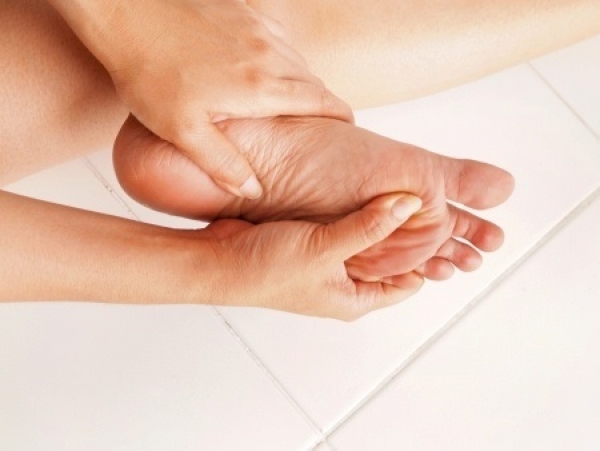When’s the last time that you took a good look at your feet? At Superior Foot & Ankle Care Center, we believe regularly examining your feet is a key component of good foot health. In addition, your feet are the part of your body where several systemic conditions such as diabetes, arthritis and peripheral neuropathy may first exhibit symptoms. You can examine your feet in as little as 10 minutes. Ready, set, go:
- Start by standing with your feet together and look down at them. Do you notice any difference between your two feet in size or shape? Is there any swelling in your ankles or feet?
- Now sit down so you can get a closer look at each foot. Examine the top, bottom and sides of your feet as well as between your toes. If you see any cuts or wounds make sure they are clean and appear to be healing. Check your skin. Do you notice any redness, dry flaky skin, rashes or bruises? Do you have any unusual freckles or moles that appear to have changed since the last time you looked at them? Do you see any lumps, growths, warts or new calluses?
- Examine your toenails. Nails that are discolored, thick or crumbling at the edge may indicate a fungal condition. A bluish or purplish tinge to the skin under your nails is a possible sign of a circulation issue.
- While you’re seated, take a pencil and run the erased end over the top, bottom and sides of your foot. The sensation should be equal in all parts of your foot.
- Lastly, flex your toes and feet. Do you notice any pain or stiffness in your joints?
If you spot anything that doesn’t seem quite right, contact our Long Beach office for an appointment by calling: (562-420-9800). Our podiatrists, Dr. Victoria Foley and Dr. Constance Omelas, will give your feet a complete examination and assess whether you have a foot health issue.
Making this quick foot self-check a part of your monthly health routine will go a long way to preventing foot problems as well as detecting any conditions that do develop in their very earliest stages when treatment is usually less invasive and more effective.

